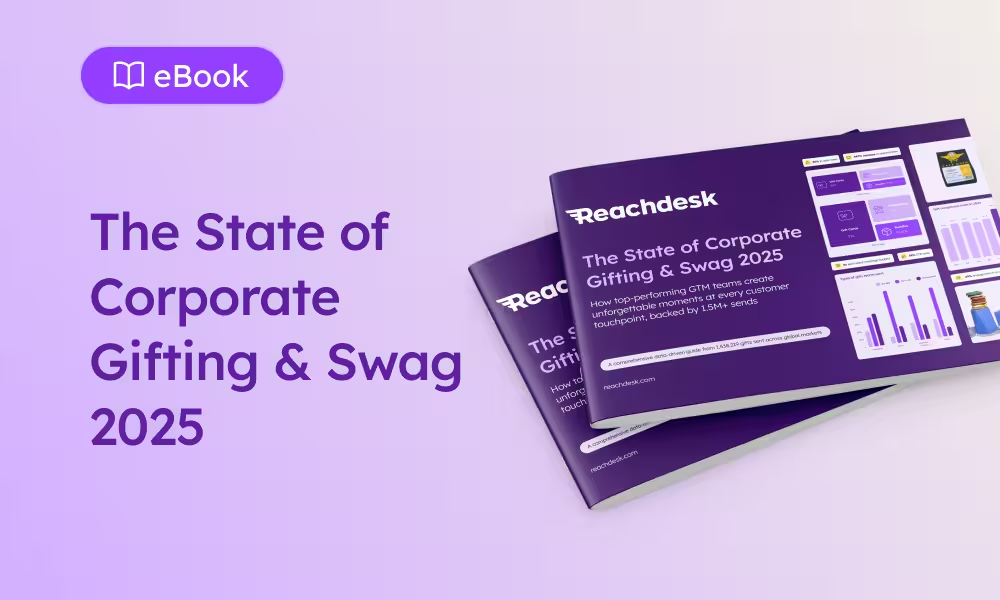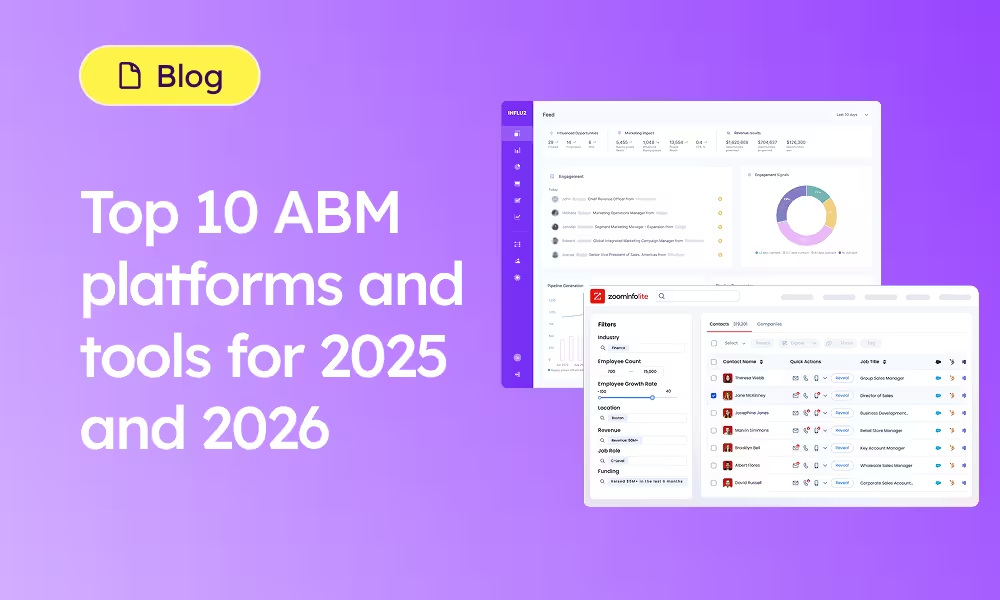One powerful platform for ROI-driven corporate gifting, swag, and engagement at scale.
MQLs have long been the stalwarts in a marketing department's value proposition to an organization. After all, how could you possibly measure something as intangible as marketing efforts without funneling potential leads into a pipeline?
Hold up. Let’s read that once more, this time out loud and with some snark: “funneling potential leads into a pipeline.”
What an incredibly dehumanizing way to say…“people.” And that’s why we’re saying, with all the chutzpah we can muster: Let’s kill off the MQL. But this isn’t like your favorite superhero dying at the end of a movie after you dedicated years of your life to him. No, because in this case, the MQL’s death means we can make room for the era of revenue marketing—and for more meaningful work that speaks directly to real, live people.
This also means we can kill the enduring misalignment between marketing and sales departments, too. Because marketing is sales. And sales? Is marketing. The goal of both is the same: to generate revenue.
So, by focusing on the same goal—with revenue-driven marketing and measurable metrics—sales and marketing will be able to harmonize a bit better, all while driving results.

But marketers aren’t actually salespeople. How can they drive revenue?
First and foremost, they must set a realistic stretch goal. Without a target to aim for, your marketing team will be quite literally aimless.
Next, identify where you need to be. What are the key opportunities for growth? We’ll learn about the opportunities for sales via digital marketing in a little bit, but to have a well-rounded marketing campaign firing on all cylinders, you have to include engaging interactions with people. Because let’s say this one more time, with feeling: If you’re not engaging with your audience in true, authentic, human ways, your marketing will fall flat.
Enter gifting and direct mail. In 2021, gifting was up 438% from the previous year. That upward trend is continuing in 2022, with a 25% increase year over year. The claim rate for gifts is growing, too, as is the average cost per gift. Why? As we continue to work in a growing virtual world even as the pandemic wanes, businesses and organizations are looking to make more meaningful, personal connections with potential buyers.
You can learn more about how gifting has changed in the past year in our global state of gifting report.
Here’s how to measure marketing success
One of the easily measurable ways to tie metrics directly back to marketing efforts has been through social media reach, impressions and engagement. And, of course, web traffic. These metrics are great about telling you who is coming to your website, and how they’re getting there but they’re not a direct line from buyer to marketer.
It's a tough shift to make when marketers have spent about a decade and a half using MQLs as their benchmark. But the reality is, an MQL is essentially meaningless to a salesperson. What isn't meaningless, though, is a tangible account. And that's where both your account-based marketing (ABM) strategy and the more nuanced and customized account-based experience (ABX) come into play. Because no longer is it effective to cast a wide, shallow, and impersonal net to anyone you think might be interested. No, you need to actively reach specific people you know are interested.
You can do this by creating precise account segments and then tailoring content and marketing outreach efforts directly to each of them. No longer will your targets be anonymous traffic. You’ll be able to reach the people who might be ready to talk about buying, instead of the cold blanket call. Those are the same customers who tend to spend more with you, too. This means zero wasted time on MQLs that translate into nothing, all while freeing up more time to get directly what you want: More sales. This, friends, is tangible marketing-driven revenue.

When it comes to gifting and direct mail, you’ll look at both response and redemption rates to measure whether your campaign is well-received. Response rate is the number of people who responded in some way to the campaign, usually in a request for more information. The redemption rate refers to the number of people claiming gifts you’ve sent.
And which revenue marketing tools should they use to accomplish this?
There’s no shortage of tools when it comes to measuring your success or integrating sales and marketing better to drive more revenue.
Salesloft will allow sales to do it all in one place: Not only does it clearly lay out every task, buyer communication . and project phases, but it will also help with coaching, tips, and insights all along the way.
Then there’s Gong, a unique approach to sales that provides cutting-edge metrics that give both your sales and marketing teams the tools to respond quickly and effectively. Like Salesloft and Gong, Hubspot is another powerful tool that’ll help you interconnect both your sales and your marketing initiatives seamlessly, without headache—and then track the integrated efforts in one spot. A hub…spot, if you will. (🥁)
Finally, there’s no better way to prove ROI than with Reachdesk. You can directly tie your gift-giving marketing power back to hard, concrete numbers and, more importantly: To people.









